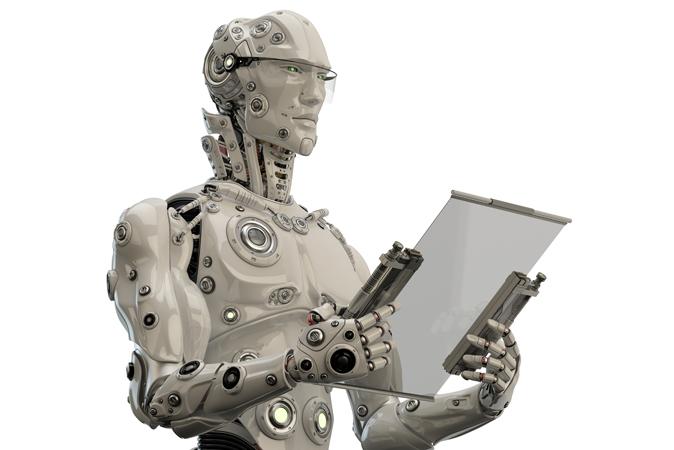While diagnostic software is still in its infancy, it is making steady progress that, if continued apace, could allow machines to overtake humans in our lifetime.
Since the second half of the 20th century, computers have progressively replaced humans in one profession after another: automated systems made telephone operators extinct, ATMs have decimated the ranks of bank tellers, and now self-driving technology is threatening to put cabbies out of business.
In medicine, a field elevated far above the collection of menial tasks that are considered prime candidates for automatization, software is already being used to assist physicians make diagnoses. Now, a new crop of companies is trying to build intelligent machines that can outdo doctors in this regard—and maybe even one day replace them outright.
The medical community has scarcely shown any anxiety at the possibility that its rarified profession could be replaced by machines, and perhaps with good reason—computer scientists have a track record of making overly optimistic promises.





